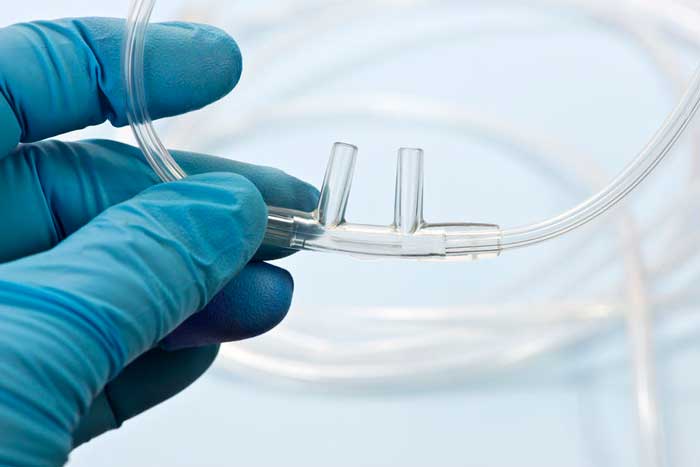SPOKANE, WA – Sometimes you have to think outside the box. That’s exactly what a rapid response team did this morning: In a last ditch effort to prevent intubation, the team has cranked up their patient’s nasal cannula to 4,000 liters/minute.
“The patient is hypoxemic but placing an endotracheal tube ain’t no picnic for the patient either,” screamed respiratory therapist Max Davenport, barely audible over the high oxygen flow. He was wearing ear muffs like the rest of the rapid response team. “I imagine this is what being in a wind tunnel feels like.”
The patient was admitted for shortness of breath two days ago, presumed secondary to acute on chronic systolic heart failure, and had been responding to diuretic therapy before becomingly acute hypoxemic. The patient does admit to feeling a little better compared to the measly 2 liters she was on before, though complains her face is slowly detaching from her skull. Of note, the patient did have urine output of 1.5 liters prior to the urine being blown away by the gale-force oxygenation.
“But at least her oxygen saturation has come up to 78%,” Davenport insisted, as the patient’s IV pump and monitor were knocked over by the force of the nasal jet stream. “Besides the face mask and the intubation kit are all the way over there.” He gestured to the crash cart that was all the way on the other side of the patient’s bed. It was an understandable scenario. “Maybe let’s crank it up to 5,000 liters.”
Anticipating this next move, two of the floor nurses were already wheeling in a second jet engine to help power the oxygen tank.







